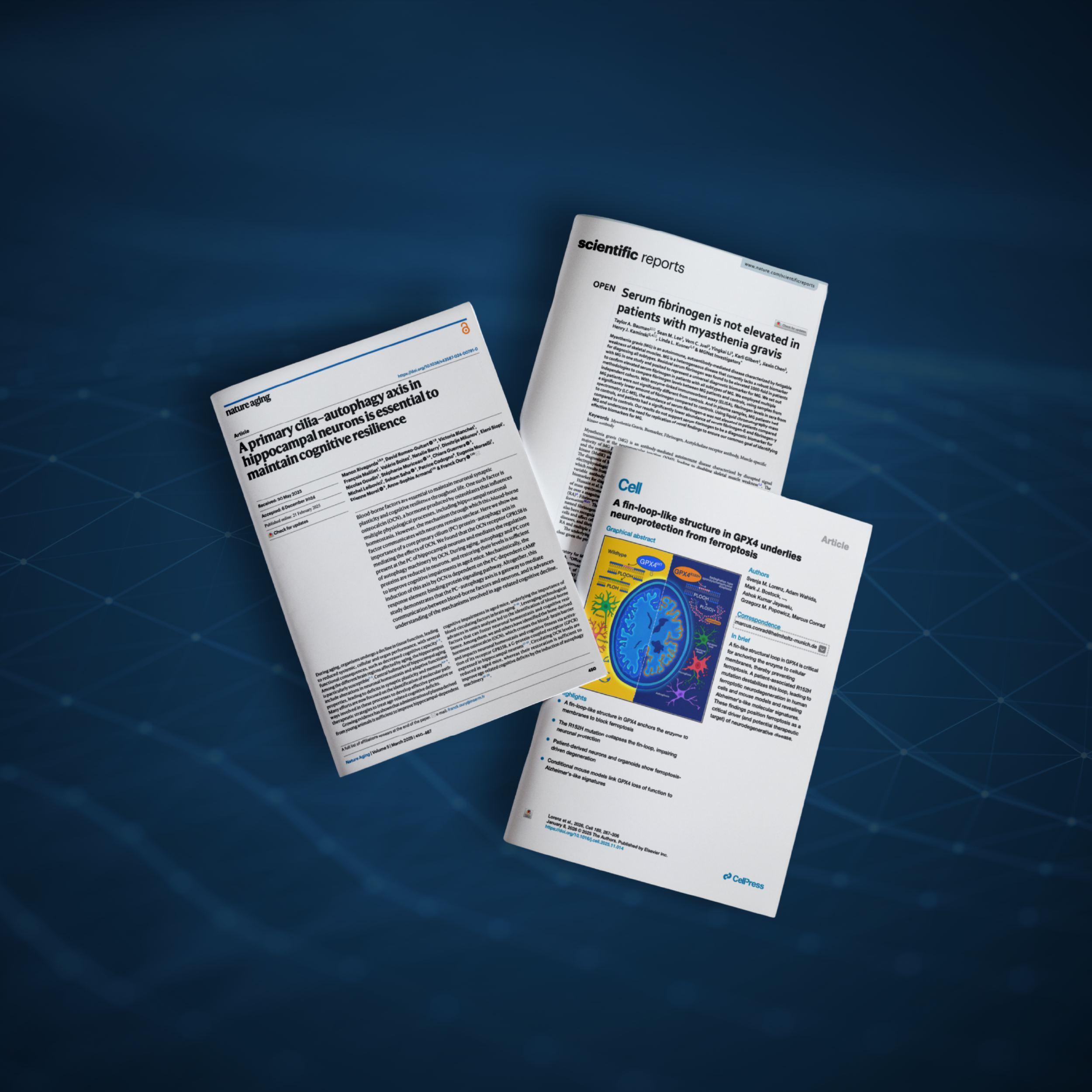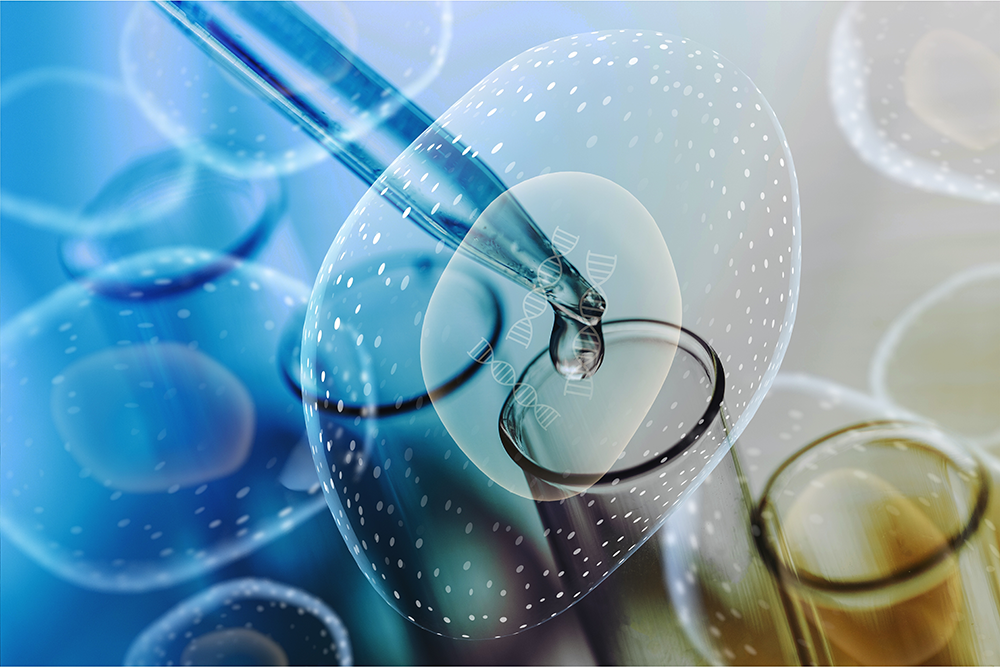Biofluid-based biomarkers are measurable indicators found in biological fluids (blood, urine, cerebrospinal fluid, saliva, etc.) that can provide valuable insights into an individual's health status, disease progression, or response to treatment. They represent a diverse subset encompassing proteomic, genomic, metabolic, lipidomic, and non-coding RNA biomarkers. This indicates a wide-ranging field of research that offers a minimally invasive means of monitoring physiological and pathological conditions, making them critical tools in clinical diagnostics, therapeutic monitoring, and personalized medicine.
Introducing protein profiling
Discovery and implementation technologies are expanding to encompass the changing needs of research and clinical settings. Protein profiling is a mainstay among these systems. This powerful technique enables users to analyze the proteome (the complete set of proteins) present in biofluids. It involves separating, identifying, and quantifying the proteins in a given sample, providing a snapshot of the protein expression patterns. This information can then be used to identify potential biomarkers associated with specific diseases or conditions.
Biofluid-based protein profiling has several advantages over traditional biomarker discovery methods. It is minimally invasive, allowing for repeated sampling, and can provide insight into the systemic effects of a disease or condition.
The process of uncovering biofluid-based biomarkers with protein profiling typically involves the following steps:
- Sample collection: The biofluids are collected from individuals with the disease or condition of interest and healthy controls, following appropriate protocols and ethical considerations.
- Sample preparation: The biofluids are processed to extract and purify the proteins, which may involve centrifugation, filtration, and depletion of highly abundant proteins (e.g., albumin in blood).
- Protein separation: The proteins in the samples are separated based on their physical and chemical properties, typically using techniques such as gel electrophoresis or liquid chromatography.
- Protein identification: The separated proteins are identified using mass spectrometry, which determines the mass-to-charge ratio of peptide fragments, allowing for the identification of the proteins based on their unique amino acid sequences.
- Quantification and data analysis: The relative or absolute abundance of proteins in different samples is quantified, and statistical analyses are performed to identify proteins that are differentially expressed between the disease and control groups.
- Biomarker validation: Potential biomarker candidates are further validated using additional samples and analytical techniques to confirm their specificity, sensitivity, and reproducibility.
This is a complex, multi-step process that poses various issues, including the risk of sample contamination and loss.
The advantages of protein profiling
By comparing protein profiles between different samples, researchers can pinpoint specific proteins associated with certain diseases, making them valuable for diagnosis, prognosis, and potential therapeutic targets.
For example, transformative research into dementia diagnostics and disease monitoring explored proteins related to amyloid beta (Aβ) and tau pathology, neurodegeneration, glial activation, α‐synuclein, and TDP-43 pathology. The researchers are exploring novel assays based on pathological seed-induced protein misfolding and developing sensitive assays for cerebrospinal fluid (CSF) and blood biomarkers to detect brain pathologies associated with Alzheimer's disease.
However, it is worth noting that there are also challenges associated with biofluid-based biomarker discovery, such as the complexity of the proteome, the presence of high-abundance proteins that can mask low-abundance biomarkers, and the potential for sample degradation or contamination. Also, harsh reagents used to prepare biological fluids can induce artificial modifications impeding protein identification. While many of these complexities endure, there are solutions for streamlining sample preparation workflows.
Understanding the role of sample preparation
Protein sample preparation for biological fluids like plasma and serum is crucial in proteomic studies to analyze protein profiles and identify biomarkers. Various methods are employed to prepare these samples for analysis, ensuring efficient extraction and quantification of proteins. Techniques such as liquid chromatography-mass spectrometry (LC-MS/MS) are commonly used for protein quantification in plasma, requiring specific sample preparation strategies to enhance the accuracy and sensitivity of the analysis.
The iST-BCT sample preparation kit by PreOmics is designed to streamline protein sample preparation for mass spectrometry analysis, particularly for biological fluids like plasma and serum. It minimizes artificial modifications, reduces processing time to 2 hours, and replaces complex workflows with a single kit containing standardized reagents. This kit aims to increase sample throughput, improve data quality, and provide reliable results for proteomic analyses. Contact a member of the PreOmics team today for more information.
References & further reading
Zetterberg H. Biofluid-based biomarkers for Alzheimer's disease-related pathologies: An update and synthesis of the literature. Alzheimers Dement. 2022 Sep;18(9):1687-1693. doi: 10.1002/alz.12618. Epub 2022 Feb 25. PMID: 35213777; PMCID: PMC9514308.



.webp)








